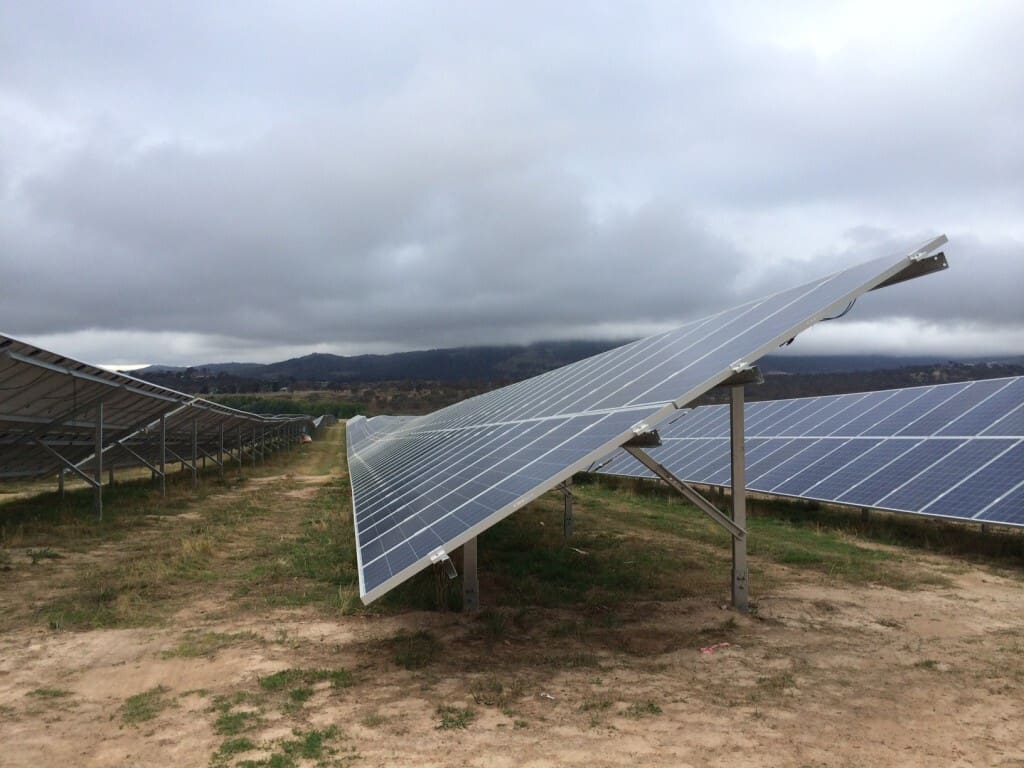The Australian Capital Territory has stepped up its efforts to make renewable energy a reality, with plans to double the cap on its reverse-auction feed-in tariff for large-scale renewable projects from 210MW to 550MW by 2020. The feed-in tariff scheme, which has already encouraged the development of 40MW of large-scale solar projects (including the 20kW Royalla Solar Farm), is widely regarded as the most cost-effective support program for renewables in Australia.
The scheme’s expansion, says Environment and Sustainable Development Minister Simon Corbell, will allow the ACT to meet the 90% renewable energy target that it has set for itself. Although the first 2 rounds of auctions were earmarked specifically for solar, the next round, due to be announced next month, is expected to go mainly to 50-100MW of wind farms which have been approved in NSW but have been unable to proceed due to lack of financing.
The feed-in tariff, which is guaranteed for 20 years, could give their developers the confidence needed to build the farms. The wholesale cost of wind power, at around 8-9c/kWh, is already quite low. This puts the wind farm developers in a good position to compete with other technologies at the auction.
 Royalla Solar Farm, under construction. (Photo by Angus Gemmell.)
Royalla Solar Farm, under construction. (Photo by Angus Gemmell.)
Although the ACT’s renewable energy ramp-up will cost electricity consumers a small amount in the short- to mid-term, Corbell says the scheme will help to insulate against fuel cost inflation and keep electricity rates low; the Territory currently enjoys the least expensive electricity rates in the country.
“[T]he cost to the community of achieving the 90% renewable energy target peaks in 2020 at around $4 per household per week and declines thereafter,” he said. “This pass through cost is also lower than that projected when Action Plan 2 was released in 2012, due to factors including reductions in the costs of renewable technologies.
In addition to enabling the ACT to also meet its goal of reducing its carbon emissions by 40% by 2020, the feed-in tariff scheme combined with the 90% renewables target will benefit the Territory economically as well. “The expansion of the amount of renewable energy to be generated under this law will leverage significant investment in our city and the surrounding region and will leverage our city’s world leading research capacity in areas such as photovoltaics and wind resource assessment.”
Top image: Royalla Solar Farm, by Angus Gemmell
© 2014 Solar Choice Pty Ltd